What are the different types of laryngoscope blades?
Apr 11, 2024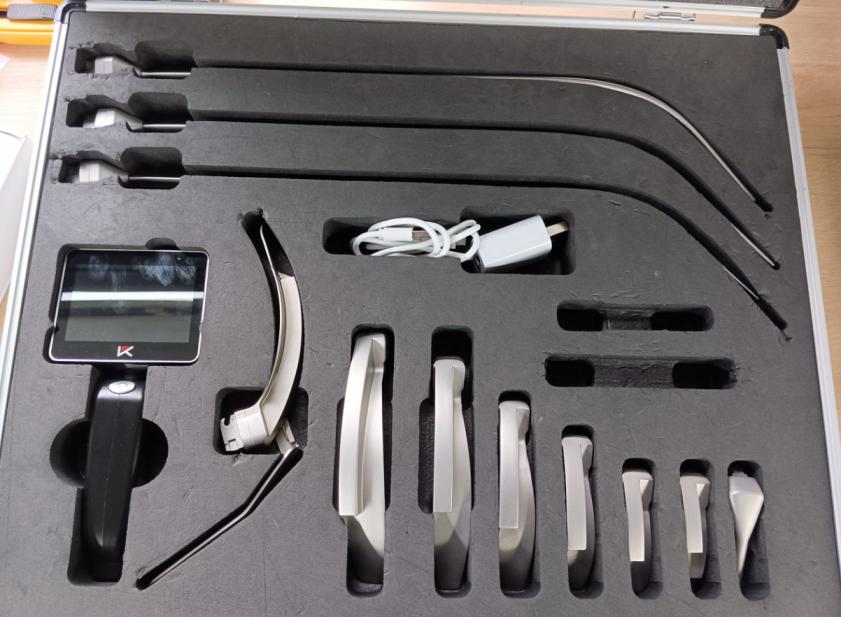
Laryngoscope blades play a critical role in airway management, offering clinicians a clear view of the vocal cords and facilitating endotracheal intubation. These essential tools come in various designs tailored to meet the diverse needs of patients undergoing intubation procedures. Understanding the different types of laryngoscope blades and their respective features is paramount for healthcare professionals involved in airway management.
Different Types of Laryngoscope Blades
a. Miller Blades
Miller blades, named after the American anesthesiologist Robert Macintosh, are straight blades characterized by their elongated shape and tip angled at 90 degrees to the handle. These blades are particularly useful in patients with limited mouth opening, as they provide a better view of the glottis by lifting the epiglottis directly. They are commonly used in pediatric patients or those with difficult airways.
1. Description: Miller blades typically come in sizes ranging from 0 to 4, with the smaller sizes suitable for pediatric patients and the larger sizes for adults.
2. Indications: They are indicated in patients with restricted mouth opening, such as those with temporomandibular joint disorders or limited neck mobility.
3. Common Uses: Miller blades are commonly used in pediatric anesthesia and neonatal resuscitation, as well as in patients undergoing elective surgeries where a direct line of sight to the glottis is essential.
b. Macintosh Blades
Macintosh blades are the most commonly used laryngoscope blades worldwide. They feature a curved design that follows the natural curvature of the pharynx and larynx, allowing for easier insertion and manipulation during intubation procedures. Macintosh blades are versatile and suitable for a wide range of patients, making them a staple in airway management protocols.
1. Features: Macintosh blades come in various sizes, from 0 to 4, with the larger sizes suitable for adult patients and the smaller sizes for pediatric patients.
2. Advantages: Their curved design facilitates the lifting of the epiglottis, providing a clear view of the glottis without directly lifting the epiglottis.
3. Scenarios for Application: Macintosh blades are commonly used in routine intubations, emergency intubations, and patients with normal airway anatomy.
c. McCoy Blades
McCoy blades offer a unique solution to challenging intubation scenarios, particularly in patients with limited neck mobility or difficult airways. These blades feature a hinged tip that can be elevated to improve the line of sight during intubation, making them particularly useful in patients with anterior larynx, cervical spine instability, or restricted neck movement.
1. Unique Characteristics: The hinged tip of McCoy blades allows for easier visualization of the vocal cords by adjusting the angle of the blade tip, reducing the need for excessive force during intubation.
2. Situations Where They are Preferred: McCoy blades are preferred in patients with limited neck extension, cervical spine injuries, or when a better glottic view is needed without significant manipulation.
3. Manufacturer: Mole Medical, a leading manufacturer of medical devices, produces high-quality McCoy blades designed to meet the demands of modern airway management.
d. Pediatric Laryngoscope Blades
Pediatric patients present unique challenges in airway management due to their anatomical differences and varying sizes. Specialized pediatric laryngoscope blades are designed to accommodate these differences and ensure safe and effective intubation in pediatric patients.
Differences Between Pediatric and Adult Laryngoscope Blades
1. Size: Pediatric laryngoscope blades are smaller in size compared to adult blades to accommodate the smaller anatomy of pediatric patients.
2. Shape: Pediatric blades may have a slightly different curvature to better fit the anatomy of pediatric airways and facilitate easier visualization of the glottis.
3. Material: Pediatric blades are often made from lightweight materials to minimize trauma and discomfort during intubation in pediatric patients.
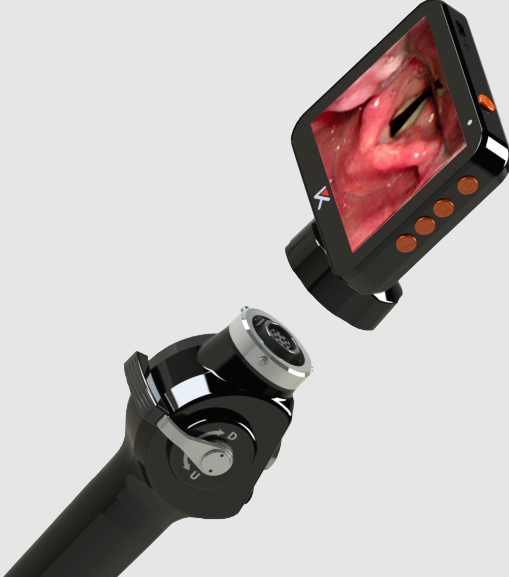
Considerations for Selecting the Appropriate Size and Type
1. Age: The age of the pediatric patient is a crucial factor in determining the appropriate size and type of laryngoscope blade.
2. Weight: In addition to age, the weight of the pediatric patient should also be considered when selecting the size of the laryngoscope blade.
3. Anatomical Features: Anatomical variations among pediatric patients, such as neck size and mouth opening, should be taken into account when choosing the right blade for intubation.
Disposable vs. Reusable Blades
When it comes to different types of laryngoscope blades, healthcare providers often face the dilemma of choosing between disposable and reusable options. Each option has its own set of advantages and considerations that must be weighed carefully.
a. Pros and Cons of Disposable Blades
1. Advantages: Disposable blades eliminate the need for cleaning and sterilization between uses, reducing the risk of cross-contamination and healthcare-associated infections. They also save time and resources associated with reprocessing.
2. Considerations: However, disposable blades may be more costly in the long run compared to reusable options. Additionally, the environmental impact of disposable blades, particularly in terms of waste generation, should be taken into account.
b. Recommendations for Selecting Between Disposable and Reusable Blades
1. Clinical Context: Consider the specific clinical scenario and patient population when selecting between disposable and reusable blades. In high-risk settings where infection control is paramount, disposable blades may be preferred.
2. Cost Considerations: Evaluate the overall cost-effectiveness of disposable versus reusable blades, taking into account factors such as purchase price, maintenance costs, and potential savings from reduced infection rates.
c. Proper Disposal and Environmental Considerations
1. Disposal Guidelines: Proper disposal of disposable blades is essential to minimize the risk of contamination and environmental harm. Follow institutional protocols and regulatory guidelines for the safe disposal of medical waste.
2. Environmental Impact: Consider the environmental impact of disposable blades and explore opportunities for waste reduction and recycling initiatives within healthcare facilities.
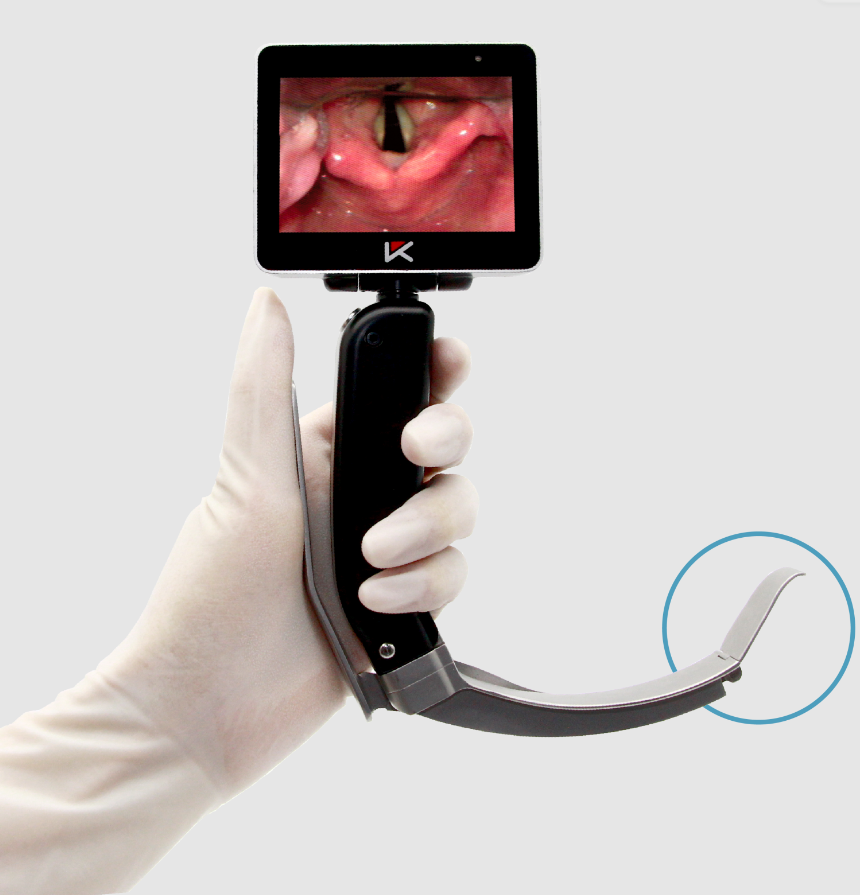
Why Choose Mole Medical
Mole Medical is a reputable manufacturer known for its commitment to innovation, quality, and patient safety in medical device manufacturing. With a focus on research and development, Mole Medical continuously strives to improve existing products and develop innovative solutions to meet the evolving needs of healthcare professionals.
1. Quality Assurance: Mole Medical products undergo rigorous testing and quality assurance processes to ensure reliability, performance, and patient safety.
2. Innovation: Mole Medical invests in research and development to develop cutting-edge technologies and solutions that enhance patient care and improve clinical outcomes.
3. Commitment to Excellence: With a dedicated team of professionals and a customer-centric approach, Mole Medical is committed to providing exceptional products and support to healthcare providers worldwide.
Conclusion
In conclusion, different types of laryngoscope blades are indispensable tools in airway management, with each type offering unique features and advantages. Understanding the differences between Miller, Macintosh, McCoy, and pediatric blades is essential for healthcare professionals to effectively navigate various intubation scenarios and ensure optimal patient outcomes. With the support of innovative manufacturers like Mole Medical, clinicians can confidently select the most suitable laryngoscope blades for their patients’ needs.
Categories
Latest Articles
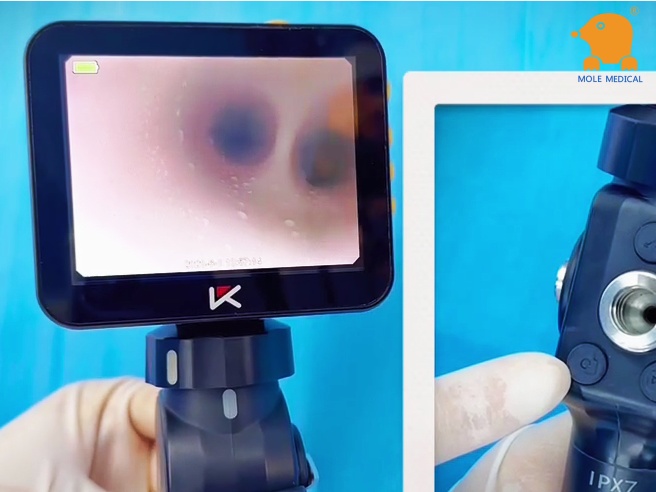
Mole Medical: The Application Value of Electronic Bronchoscopy Alveolar Lavage in Children with Severe Pneumonia and Mycoplasma Pneumonia
Bronchoscopic lung lavage has become an important treatment method for severe pneumonia caused by mycoplasma in children. This technique mainly involves using a flexible electronic bronchoscope to enter the child’s airway and, under direct vision, remove the obstructive mucus plugs and inflammatory secretions. At the same time, lavage fluid is collected for pathogen detection. Compared ... Read more

Join Us at MEDLAB ASIA & ASIA HEALTH 2025!
Date: July 16–18, 2025Venue: Malaysia International Trade & Exhibition Centre (MITEC)Booth: H32 – Don’t miss it!Like & Follow us for updates!See you at Booth H32!

Clinical comparison of foreign body removal procedures using rigid bronchoscopy, fiberoptic bronchoscopy, and flexible electronic bronchoscopy
Bronchial foreign bodies are a common emergency in pediatrics. Clinically, bronchoscopy techniques are typically used to remove the foreign bodies. Currently, the three main bronchoscopy techniques each have their own characteristics, and among them, the flexible bronchoscopy shows unique clinical value in pediatric patients. This article conducts a clinical application analysis of all three bronchoscopy ... Read more
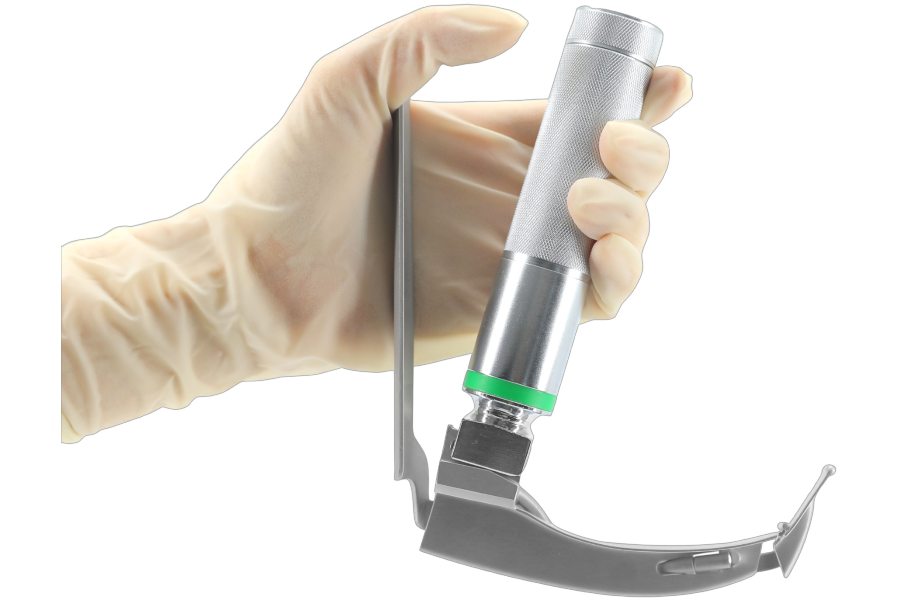
How Fibre Optic Laryngoscopes Improve ENT Procedures
In modern ENT procedures, precision and visibility are key. That’s where the laryngoscope fibre optic technology comes in. Unlike traditional tools, these advanced devices use fibre optics to provide a clear, well-lit view of the throat and vocal cords. This means doctors can see more and do more—with less risk to the patient. But how ... Read more
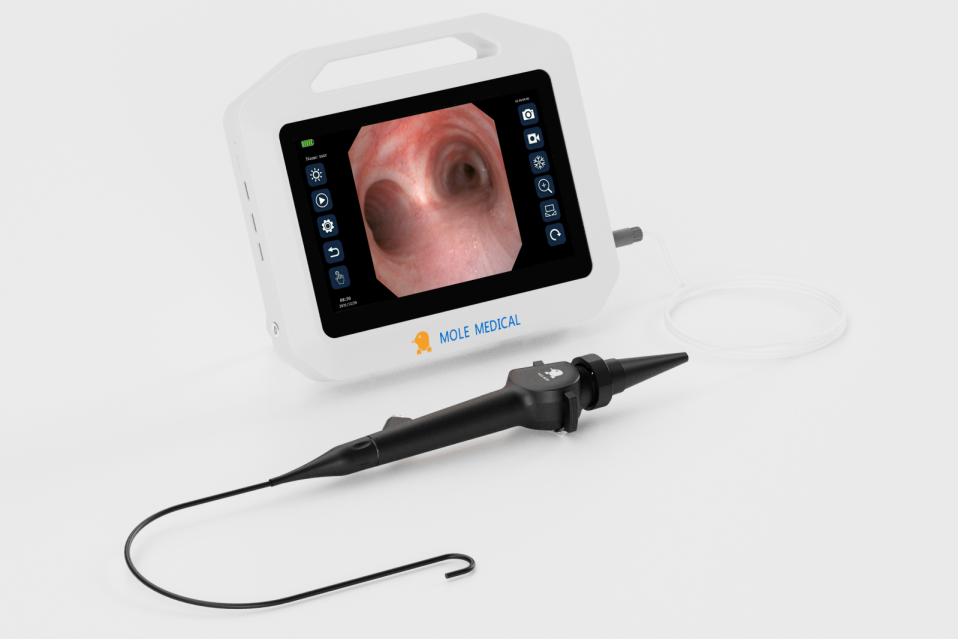
Flexible Laryngoscopy: A Clearer Voice for Quicker Diagnoses
Flexible Laryngoscopy is a powerful tool that helps ENT specialists do just that. It uses a thin, flexible scope to view the throat, vocal cords, and airway in real-time. The procedure is quick, non-surgical, and performed right in the clinic. For patients with voice changes, chronic cough, or throat discomfort, this method offers fast answers ... Read more



